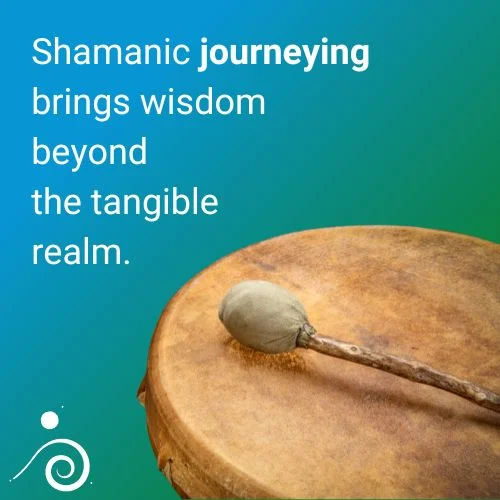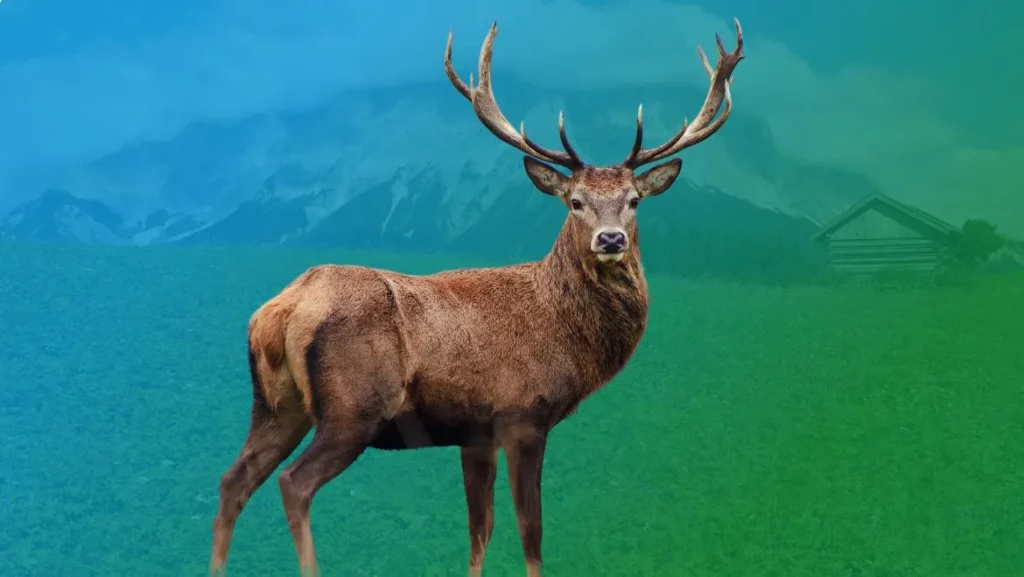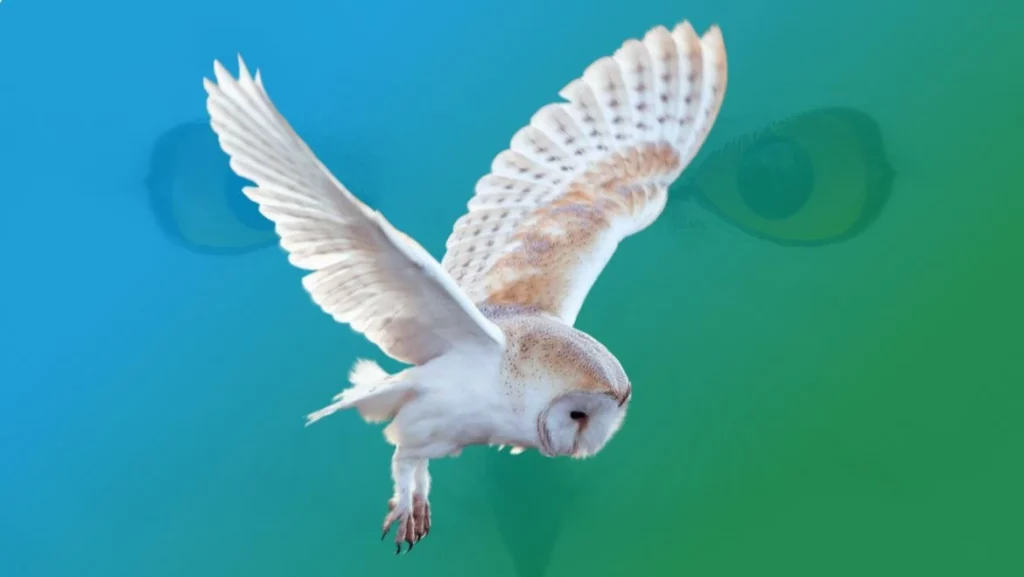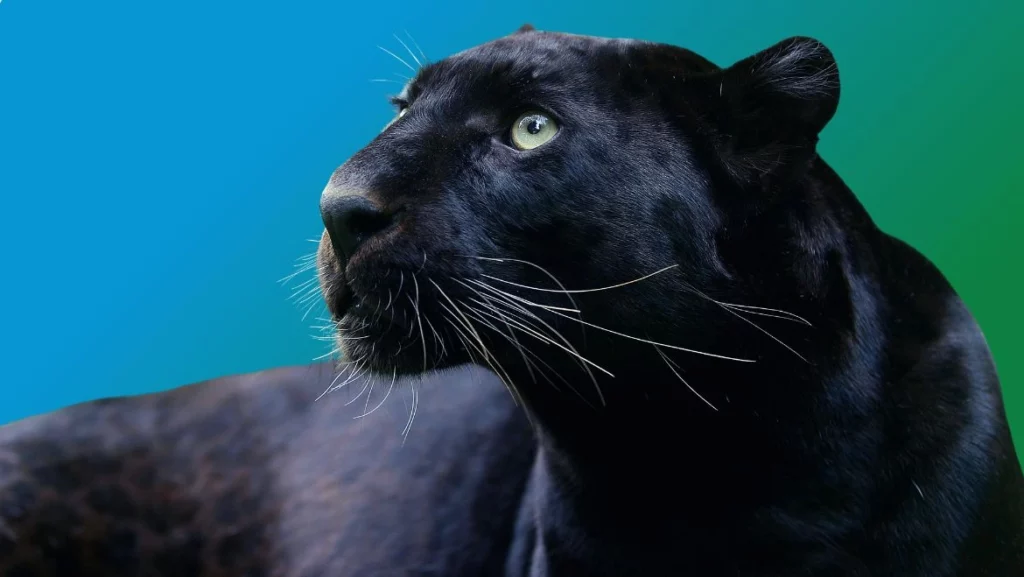Shamanic journeying is a core spiritual practice within shamanism, allowing practitioners to enter altered states of consciousness to access spiritual guidance, wisdom, and healing from the non-ordinary realms. This practice is ancient, found in various cultures worldwide, and is central to the shaman’s role as a healer and mediator between the physical and spiritual worlds.
Shamanic journeying is one of the oldest forms of spiritual practice, with evidence suggesting its presence in various cultures around the world for tens of thousands of years. It is a testament to the human quest for knowledge, healing, and connection with the spiritual realms. Despite its ancient origins, shamanic journeying is not confined to any single culture or geographical area. It is a universal practice found in various forms among indigenous cultures in the Americas, Siberia, Australia, Africa, and Northern Europe, among others, each with its own unique traditions and interpretations.
Understanding Shamanic Journeying
Shamanic journeying involves the shaman or practitioner moving into a trance-like state, often induced by repetitive drumming, rattling, chanting, or other methods. This trance state enables the shaman to shift their consciousness away from the physical world and travel in spirit to other realms.
These realms, distinct from our everyday reality, are typically categorized into three main levels: the Lower World, the Upper World, and the Middle World, each serving different functions and inhabited by various spirits and entities.
The Role of Power Animal Journeys
A central element of shamanic journeying is the interaction with spirit guides or power animals. These spiritual entities offer guidance, protection, and wisdom, and are considered essential allies in the shaman’s explorations and healing work.
The role of spirit animals in shamanic journeying is both profound and multifaceted, serving as a bridge between the shaman and the deeper currents of the spiritual world. These spirit guides, embodying the qualities and essences of their animal counterparts in the physical world, provide invaluable support, insight, and protection to practitioners as they navigate the non-ordinary realms.
Guidance and Wisdom
Totem animals act as wise teachers and guides, offering their unique perspectives and knowledge to the shaman. For instance, the Eagle, with its ability to soar to great heights, might offer a shaman the gift of clear vision and the ability to see the broader picture of a situation. On the other hand, the Wolf, known for its sharp instincts and deep connection with the community, can teach about the importance of trust, loyalty, and the strength found in social bonds.
Protection on Spiritual Journeys
Journeying into the spiritual realms can be perilous, and power animals serve as protectors for the shaman. The Bear, with its formidable strength and fierce protective instincts, can offer protection and support during challenging or dangerous parts of the journey. Similarly, the Jaguar, known for its prowess and stealth, can protect the shaman from negative energies or malevolent spirits encountered along the way.
Healing and Restoration
Many power animals are sought after for their healing capabilities and restorative energies. The Deer, with its gentle presence, can bring a sense of peace and calm to a healing journey, soothing troubled hearts and minds. The Salmon, revered for its incredible life cycle of renewal and rebirth, can offer powerful insights into overcoming obstacles and rejuvenating one’s spirit.
Empowerment and Courage
Power animals can also imbue the shaman with qualities such as courage, strength, and determination. The Lion, embodying the essence of courage and authority, can empower a shaman to face their fears with confidence. The Tiger, symbolizing raw power and primal energy, can provide the shaman with the strength to take decisive action and assert their will.
Connection to Nature and the Earth
Power animals deepen the shaman’s connection to the natural world and its cycles, fostering a profound sense of unity with all life. The Elephant, revered for its wisdom and strong familial bonds, can teach the shaman about memory, compassion, and the interconnectedness of all beings. The Turtle, carrying its home on its back, reminds us of the importance of grounding and the stability found in maintaining a harmonious balance with the earth.
Examples of Power Animal Journeys
- Journey with the Wolf: A shaman seeking to strengthen community bonds or navigate social challenges might journey with the Wolf spirit, learning the values of communication, loyalty, and the power of the pack.
- Healing Journey with the Dolphin: For emotional healing and rejuvenation, a shaman might journey with the Dolphin, a symbol of joy, playfulness, and harmony, to restore balance and bring lightness to the heart.
- Empowerment Journey with the Eagle: When in need of clarity or a shift in perspective, a shaman may seek the guidance of the Eagle, soaring together to great spiritual heights to gain insight and a broader understanding of life’s patterns.
In these journeys, the shaman not only seeks the companionship and support of their power animals but also aims to embody their qualities, integrating their wisdom and strength into their own life and practice. The relationship with a power animal is deeply personal and evolves over time, with each journey offering new layers of insight and connection. Through this sacred partnership, the shaman is able to traverse the spiritual realms with confidence, bringing back healing, wisdom, and guidance for themselves and their community.
The Lower World
The Lower World is often perceived as an earthy, primal environment, reminiscent of ancient forests, deep caves, or underground waterways. It is not considered “lower” in terms of importance or value but is associated with depth and grounding. This realm is inhabited by animal spirits, nature spirits, and ancient earth-based energies. Shamans journey to the Lower World to seek wisdom from animal totems, to retrieve lost power, and to connect with the foundational, life-sustaining energies of the earth. It is a place of healing, renewal, and deep, instinctual wisdom.
The Upper World
Contrasting the earthy nature of the Lower World, the Upper World is often envisioned as a celestial or ethereal place, characterized by vast skies, floating islands, or luminous realms. This world is the domain of higher spirits, including ancestors, ascended masters, and deities. The energies here are more refined and of a higher vibration, concerned with higher knowledge, divine inspiration, and spiritual enlightenment. Shamans travel to the Upper World to receive teachings, to be imbued with sacred energies, and to consult with higher beings on matters that require a broad, enlightened perspective.
The Middle World
The Middle World is unique as it parallels our ordinary, physical reality but is experienced through a spiritual lens. It is the realm where the spiritual aspects of the physical world are encountered, including spirits of place, elemental beings, and spirits of the deceased who have not fully transitioned. The Middle World can be both beautiful and challenging, reflecting the full spectrum of life’s experiences. Shamans journey here for purposes such as locating lost objects, communicating with the spirits of nature to resolve ecological imbalances, or assisting earthbound spirits to find their way to the light.

Shamanic Altered States of Consciousness
The altered states of consciousness experienced by shamans during their practices, including shamanic journeying, have been the subject of research and interest in various fields such as anthropology, psychology, religious studies, and neurosciences. These studies aim to understand the nature, mechanisms, and implications of the altered states achieved by shamans, as well as their potential benefits and applications in areas like healing, creativity, and psychological well-being.
Anthropological and Ethnographic Research
Anthropologists and ethnographers have long studied shamanic practices in different cultures, documenting the rituals, techniques, and experiences associated with shamanic journeying and other practices. This body of research provides valuable insights into how different cultures understand and engage with altered states of consciousness, the symbolic meanings attached to these experiences, and their social and spiritual functions within communities.
Psychological and Neuroscientific Studies
From a psychological and neuroscientific perspective, researchers have explored the altered states of consciousness in shamanism to understand the changes in brain activity, perception, cognition, and emotion that occur during these experiences. Studies have employed various methodologies, including EEG (electroencephalography), fMRI (functional magnetic resonance imaging), and subjective reporting, to investigate how shamanic drumming, chanting, and other trance-inducing techniques affect the mind and brain.
Healing and Therapeutic Applications
The healing aspects of shamanic practices, particularly the use of altered states for healing and transformation, have attracted attention from psychologists, psychiatrists, and other healthcare professionals. Research in this area explores how shamanic techniques can facilitate psychological healing, promote emotional release, and lead to insights and changes in personal behavior and attitudes. There’s a growing interest in integrating certain shamanic practices into modern therapeutic contexts, such as the use of guided imagery, drumming sessions, and nature-based therapies.
Transpersonal Psychology
Transpersonal psychology, a subfield of psychology that integrates spiritual and transcendent aspects of the human experience, has shown considerable interest in shamanic states of consciousness. This perspective examines how these altered states contribute to personal growth, spiritual development, and the expansion of consciousness beyond the usual boundaries of ego and identity.
The Process of Journeying
The journey usually begins with the practitioner finding or visualizing an entrance to the non-ordinary reality, such as a tunnel, a hole in the earth, or a pathway leading upwards. Upon entering this gateway, the shaman travels to the intended realm to meet spirit guides, ancestors, or animal totems. These spiritual allies provide guidance, impart wisdom, and may offer healing power or solutions to problems faced in the physical world.
The Role of the Drum
The drum plays a crucial role in shamanic journeying, acting as a “vehicle” that helps the practitioner enter and maintain the trance state. The steady rhythm of the drumbeat, often referred to as the “shaman’s horse,” mirrors the heartbeat and facilitates the journey across the spiritual landscape. The drumming begins at a steady pace, continues throughout the journey, and then changes rhythm to signal the return to ordinary consciousness.
The steady, monotonous rhythm of the drumming, typically around four to seven beats per second, mirrors the theta brain wave frequency, which is associated with deep meditation, intuition, and spiritual awareness.
Across different cultures, the drum is revered not only as a musical instrument but also as a sacred tool for communication with the divine. The drum’s sound is believed to embody the heartbeat of Mother Earth, resonating with the core rhythms of the universe and all living beings. This universal heartbeat fosters a sense of interconnectedness and harmony between the individual, their community, and the natural world.
Drumming for Shamanic Journeying
Purpose & Intent
Shamanic journeying is undertaken for various purposes, including healing, divination, problem-solving, and spiritual discovery. Practitioners may seek to retrieve lost soul parts in soul retrieval ceremonies, communicate with spirit guides for advice, or connect with the spirits of nature to gain insight into ecological issues. The intent behind the journey is crucial, as it directs the journey’s focus and the type of interactions the practitioner will have in the spiritual realms.
Integration and Application of Shamanic Journeying
After the journey, it’s essential for the practitioner to return fully to ordinary consciousness and integrate the experiences and insights gained from the spiritual realms. This may involve interpreting the symbols and messages received, performing healing rituals, or taking specific actions in the physical world based on the guidance obtained during the journey.
Shamanic journeying is a profound and transformative practice, offering deep insights into the nature of reality, the self, and the interconnectedness of all things. It requires respect, discipline, and often the guidance of experienced practitioners to navigate safely and effectively.
Through journeying, shamans and practitioners continue a rich spiritual tradition that fosters healing, wisdom, and a deeper connection with the spiritual dimensions of existence.















